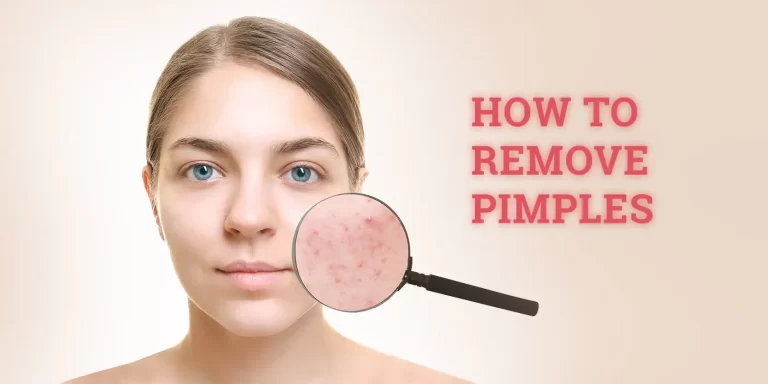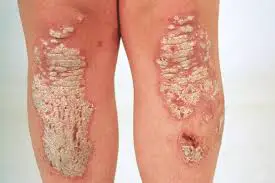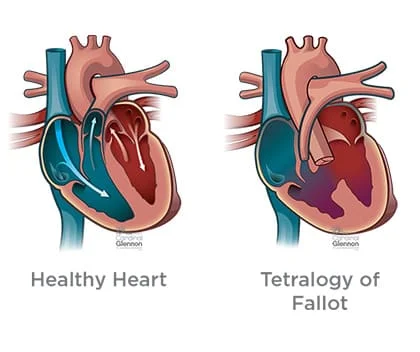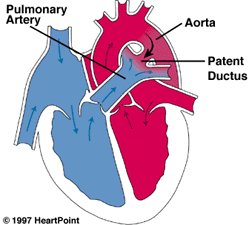VITILIGO AND PHYSIOTHERAPY
DEFINATION of VITILIGO –Vitiligo is a long-term problem in which growing patches of skin lose their color. It can affect people of any age, gender, or ethnic group.The patches appear when melanocytes within the skin die off. Melanocytes are the cells responsible for producing the skin pigment, melanin, which gives skin its color and protects…








